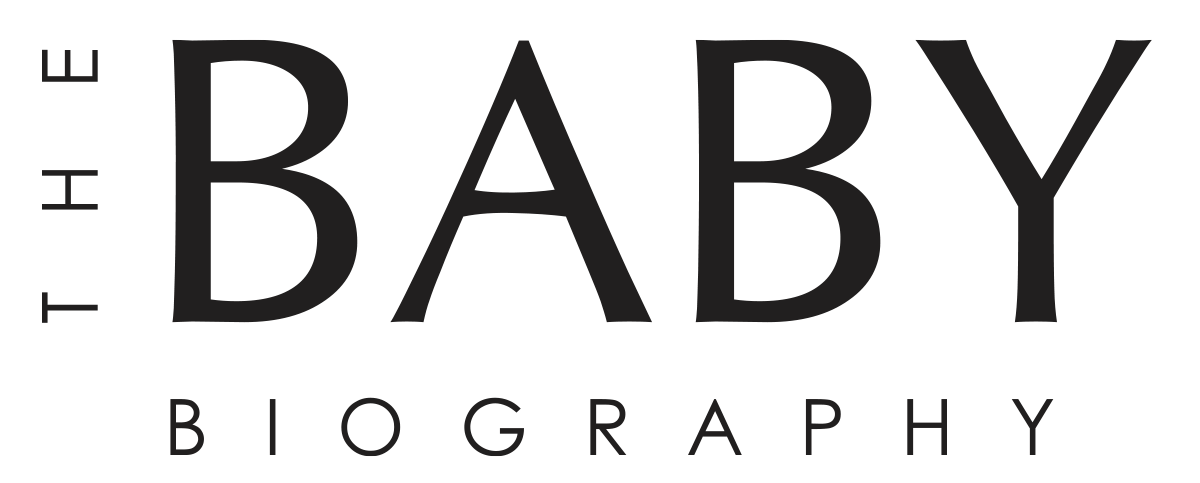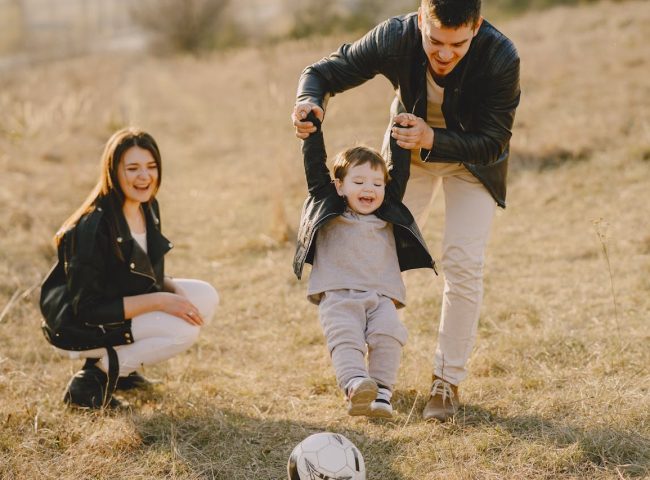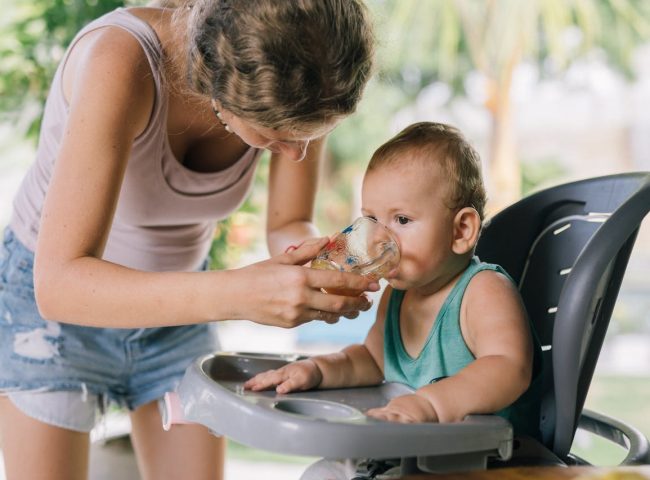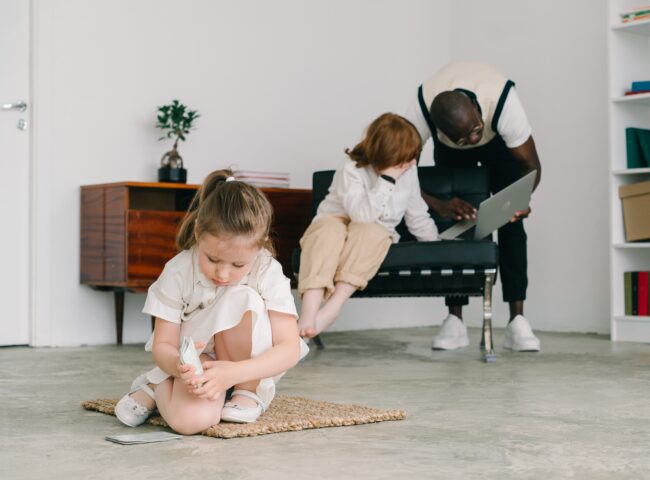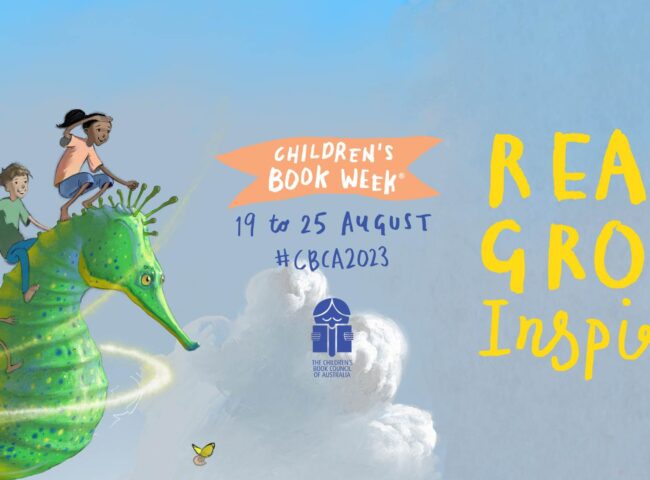Is your teething baby keeping you up at night? Drooling, crankiness and irritation can make teething an unpleasant experience. Here are some tips on what you should do when your baby is teething and how to give your baby a soothing teething experience.
What is teething and what’s normal?
Teething is when teeth first come through your baby’s gums. It can be a frustrating time for both you and your baby as your baby may cry endlessly. However, it is important for you to identify the key aspects of why your child is crying. Once you identify that your baby is crying due to the irritation caused by teething there are a few tips you could follow and know what you should do when your baby is teething. Knowing what to expect during this time can help you make it less painful for your little one. Although they begin to have teeth by about 6 months, your baby’s timing may vary. The first to appear are the two bottom and up front teeth. Next are the first molars which are the back teeth used for grinding food particles and finally the eyeteeth. By the time your child turns three they may have all 20 of their primary teeth. You will begin to see the first tooth pushing out through your baby’s gum line when your baby is between 4 and 7 months.
Symptoms include:
- Chewing on objects
- Sore or sensitive gums
- Excessive drooling
- Irritability or crankiness
- Slight increase in temperature – but no fever
Many parents suspect that fever and diarrhea is followed because of teething, but these symptoms are not indications of teething, according to researchers. You may have to talk to a doctor if your baby has a temperature or diarrhea. Rarely, kids are born with one or two teeth or may even have a tooth emerge within the first few weeks of life. Unless this is an interference with feeding or is too loose and may choke your baby, this is not a cause for concern.
How can I make teething easier for my child?
Here are some do’s and don’ts in making teething easier for your child.
- Wipe your baby’s face gently and oftenly with a cloth to remove drool and to prevent rashes from developing.
- Using a clean finger, rub your baby’s gums
- Give your baby something to chew on. Prior to that, make sure it is an object that cannot be swallowed or choked on or be broken into small pieces. For a handy teething aid you could also use a wet cloth kept in the freezer for 30 minutes. Be sure to take it out of the freezer before it becomes too frozen and rock hard – you do not want to bruise your baby’s already swollen gums. Also, make sure you wash it after each use.
- Rubber teething rings are also considered to be good. However, you should get ones without any sort of liquid inside because they may break and leak in your baby’s mouth. Don’t freeze while cooling and never boil it to sterilize it as extreme temperatures could damage the plastic and excrete chemicals.
- Cold foods and teething biscuits are only okay for kids who are able to consume solid foods. Watch your baby to ensure that no pieces break off and choke your child.
- Never tie a teething ring around your baby’s neck or any other part of your baby’s body for easy use as it may get caught on something and strangle the baby.
- Do not use teething necklaces made of amber as it can lead to choking if pieces break off.
- Teething gels and tablets should not be used because it may not be safe for babies.
General things to note
Cleaning and caring for your baby’s teeth is vital for good dental health in the long-run. Tooth decay may make the first set of teeth fall out faster than how it falls off naturally and will leave gaps before the permanent teeth are ready to come out. The primary teeth that remain may gather together to try and fill in the gaps which would cause the permanent teeth to come in out of place and irregular in shape and form.
Prior to your baby’s first tooth popping out you should definitely begin dental care. Wipe your baby’s gums with a clean damp cloth or gauze or brush them gently with a soft toothbrush that is infant sized with water and no toothpaste. As soon as your baby’s first tooth appears, brush it with water, toothpaste with fluoride and make sure you use only a tiny amount.
Once your child is old enough it is okay to use a little more toothpaste and spits it out (usually around the age of 3). Kids should see a dentist by age 1 or within 6 months after the first tooth comes out in order to spot any potential problems and be advised about preventive care.
